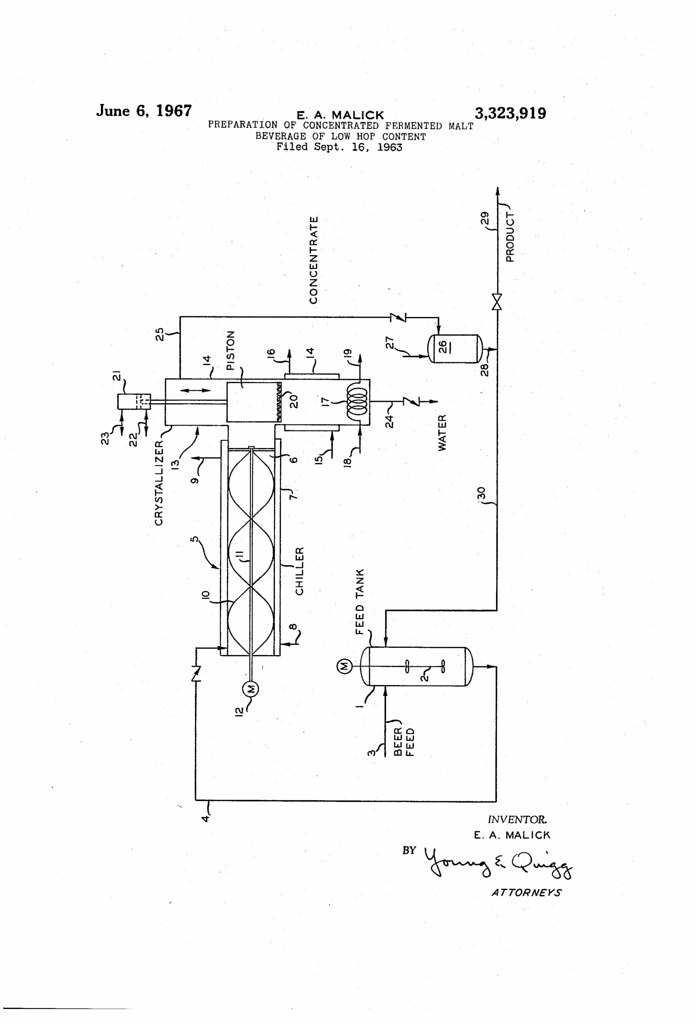
Saturday’s ad is for “Rainier Special,” from 1917. This ad was made for the Seattle Brewing & Malting Co., who made Rainier Beer, and was later known as the Rainier Brewing Company of Seattle, Washington. This one is announcing the release of a new beer from Rainier, which they called “Rainier Special.” This is just as prohibition is ramping up and apparently it was “Created in Response to Popular Demand for a 10c RAINIER Quality Drink,” but I think the other side of the ads is more telling. It reads. “A New Member of the RAINIER Family of Delicious Non-Alcoholic Beverages.” Which they also describe this way. “As Pure as the Snows That Crown Mt. Hood.” On the bottle, just below the name of the beer, it also reads. “Deliciously Mellow,” which I think is an interesting descriptor.




















